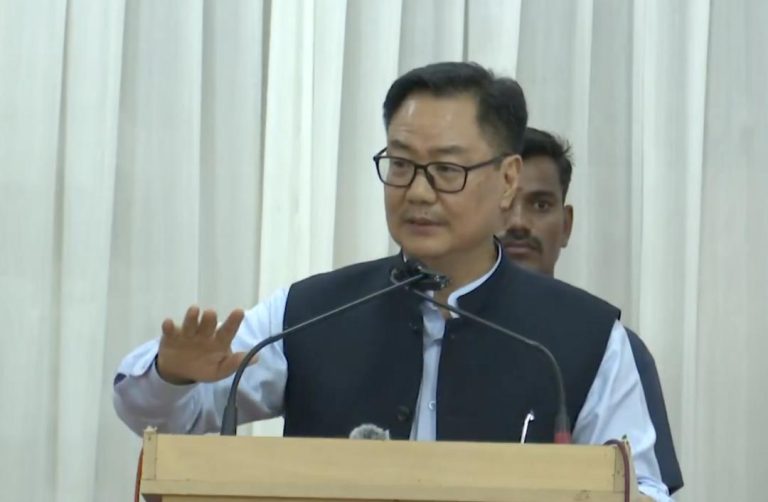
Nehru & Indira drove away Intel from India; it went to China: BJP
In a recent statement, BJP MP Nishikant Dubey has sparked a heated debate by claiming that former Prime Ministers Jawaharlal Nehru and Indira Gandhi drove away semiconductor companies like Intel and Fairchild from India, forcing them to set up shop in China instead. Dubey’s assertion has sent shockwaves across the country, with many questioning the veracity of his claims. In this blog post, we’ll delve into the history of Intel’s departure from India and examine the validity of Dubey’s statement.
According to Dubey, the departure of Intel and Fairchild from India was a direct result of the policies implemented by Nehru and Indira Gandhi. In an interview, Dubey stated, “It was because of Intel that Silicon Valley developed in America, where more than half of the jobs are held by Indians.” He went on to claim that the Indian government’s lack of support for the semiconductor industry during the 1970s and 1980s led to the exodus of these companies.
For those who may not be familiar with the history of Intel, the company was founded in 1968 by Gordon Moore and Bob Noyce. Initially, Intel focused on developing memory chips, but soon expanded its product line to include microprocessors. In the early 1970s, Intel began to explore the Indian market, establishing a joint venture with the Indian company, Hindustan Computers Limited (HCL).
However, according to Dubey, the Indian government’s policies created an unfavorable business environment, leading to the eventual departure of Intel from the country. Intel’s decision to leave India is attributed to the government’s failure to provide the necessary support and incentives to the semiconductor industry. This, coupled with the lack of a robust intellectual property regime and inadequate infrastructure, made it difficult for the company to operate profitably.
Fairchild Semiconductor, another American company, also had a presence in India during the 1970s and 1980s. However, the company faced similar challenges, including a lack of government support and inadequate infrastructure. As a result, Fairchild too left India, eventually setting up shop in China.
China’s emergence as a hub for the semiconductor industry is often attributed to the country’s proactive policies and investments in the sector. In the 1980s, the Chinese government recognized the potential of the semiconductor industry and began to invest heavily in it. The government provided subsidies, tax breaks, and other incentives to attract foreign companies, leading to a rapid growth in the sector.
Today, China is home to some of the world’s leading semiconductor companies, including SMIC, HiSilicon, and Tsinghua Unigroup. The country’s dominance in the sector is attributed to its ability to provide a favorable business environment, including a well-developed infrastructure, a skilled workforce, and a robust intellectual property regime.
In response to Dubey’s claims, many have pointed out that the departure of Intel and Fairchild from India was not solely due to government policies. Other factors, such as the companies’ own business decisions and global market trends, also played a significant role.
For instance, Intel’s decision to leave India was partly driven by the company’s desire to focus on its core business of microprocessors and memory chips. In the early 1970s, Intel was still a relatively new company, and it was struggling to establish itself in the market. The Indian government’s policies, while not exactly conducive to foreign investment, were not the sole reason for the company’s departure.
Similarly, Fairchild Semiconductor’s decision to leave India was attributed to the company’s desire to focus on its core business of analog and mixed-signal semiconductors. Fairchild’s departure from India was also driven by the company’s desire to take advantage of lower labor costs and a more favorable business environment in China.
In conclusion, while Dubey’s claims about the departure of Intel and Fairchild from India may have some basis in fact, they are also somewhat misleading. The Indian government’s policies, while not exactly conducive to foreign investment, were not the sole reason for the companies’ departure. Other factors, such as the companies’ own business decisions and global market trends, also played a significant role.
As India looks to revitalize its semiconductor industry, it would do well to learn from the experiences of the past. The country needs to provide a favorable business environment, including a well-developed infrastructure, a skilled workforce, and a robust intellectual property regime. By doing so, India can attract foreign investment and become a major player in the global semiconductor industry.
Source: https://x.com/nishikant_dubey/status/1956538914207883396






